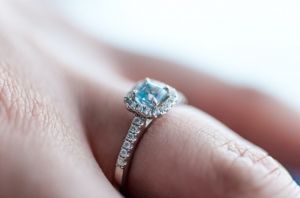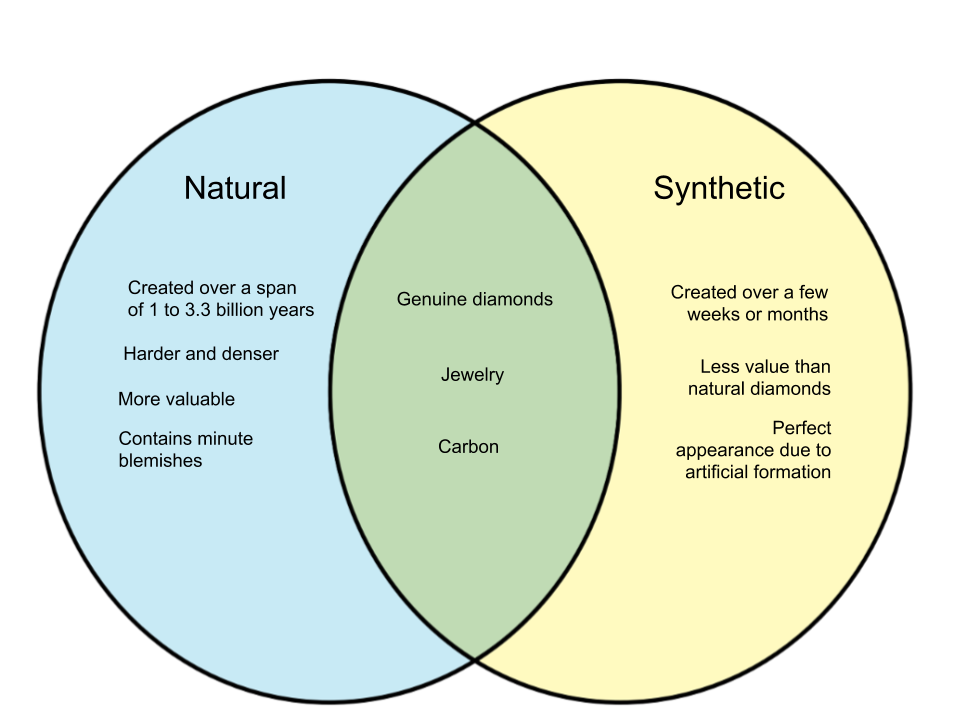Difference between Natural and Synthetic Diamonds
Diamonds are highly valued due to their beauty and can pack quite a high price in the market. Nowadays, technology has made it possible to manufacture synthetic diamonds, but people still have their doubts. Are they genuine, or they significantly less valuable? Here are the differences between natural and synthetic diamonds.
Diamonds are natural substances created from carbon. They can be found deep within the earth, comfortably nested in high pressure and temperature surroundings. These natural pieces of beauty are formed over a period of 1 to 3.3 billion years. Natural diamonds are graded based on the quality of the cut, color, quality, and carat or size. High quality diamonds are typically colorless. A distinct trait of a natural diamond is its imperfection - very small characteristics can be found under high magnification, which makes every natural diamond a unique product.
Synthetic diamonds are created in factories using artificial processes. High-pressure high-temperature manufacturing process attempt to replicate the natural creation of diamonds within the span of weeks or months. Synthetic diamonds are also referred to as cultured, lab-grown, man-made, or cultivated diamonds. Contrary to natural ones, synthetic diamonds are free from blemishes due to the artificial interference, but they are also lesser in value and lack the uniqueness that natural diamonds possess. It is however false to say that synthetic diamonds are fake - they possess the same chemical composition and physical traits as the real ones, albeit man-made.
| Natural diamonds | Synthetic diamonds | |
|---|---|---|
| How they’re made | Natural process of 1 to 3.3 billion years | Through an artificial process that takes a span of a few weeks or months |
| Are they genuine? | Yes | Yes |
| Creation process | Natural formation from high pressure and high temperature | Artificial process: HPHT process or chemical vapour deposition |
| Source | Carbon | Carbon |
| Size/Carat | Largest gem-quality diamond weighs 3,106.75 carats | Up to 3 carats, typically 1 carat |
| Color | Perfect diamonds are transparent and colorless, regular natural ones come in different colors | Yellow or brown hues due to artificial process |
| Clarity | Includes miniscule inclusions and blemishes | Appear perfect due to artificial creation |
| Density | 3.15 to 3.53g per cubic centimeter | Around 3.22g per cubic centimeter for a synthetic moissanite; most synthetic diamonds have lower densities than natural ones |
| Refraction | Double refraction | Single refraction |

